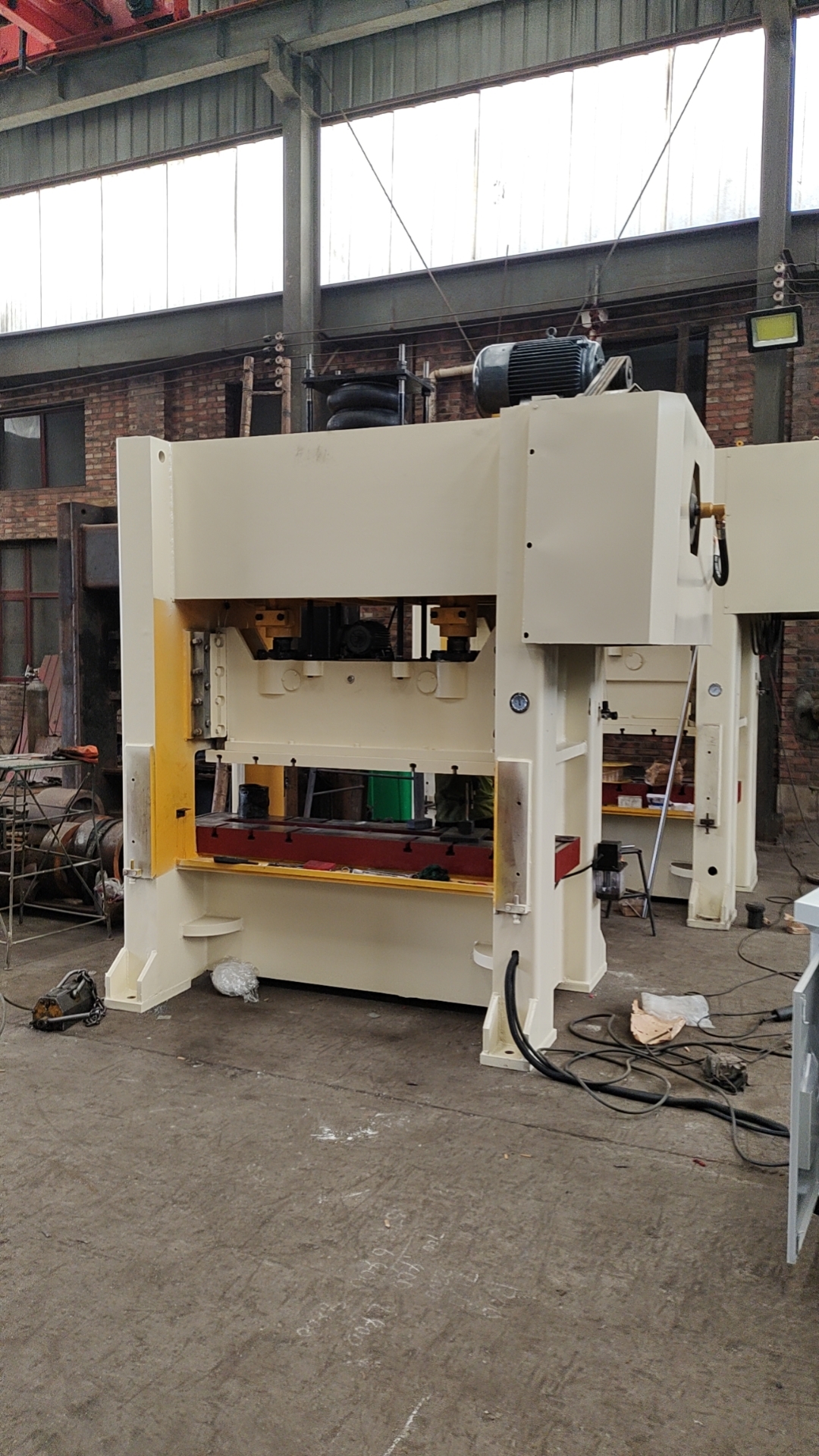T-Bar Keel Roll Forming Machine Manufacturer and Supplier Solutions
T Bar Keel Roll Forming Machine Revolutionizing Construction and Manufacturing
In the ever-evolving landscape of construction and manufacturing, one of the pivotal developments has been the introduction of specialized machinery, such as the T bar keel roll forming machine. This innovative equipment plays a crucial role in the production of T-shaped steel profiles, which are essential components used across various sectors, including construction, manufacturing, and interior design. In this article, we explore the significance of T bar keel roll forming machines, their operational mechanisms, and their impact on industry efficiency.
Understanding the T Bar Keel Roll Forming Machine
A T bar keel roll forming machine is specifically designed to produce T-shaped steel keels through a continuous process known as roll forming. This process involves passing a flat strip of metal through a series of rollers, which progressively shape the material into the desired profile. The T bar keel is often used in suspended ceilings, partitions, and other structural applications where lightweight yet sturdy support is required.
The machinery typically consists of several components, including a decoiler for unwinding the metal strip, a roll forming section for shaping the material, cutting mechanisms for sizes adjustment, and a stacking unit for organizing the final products. The entire system is engineered to ensure precision and reduce waste, making it not only an efficient choice but also a cost-effective solution for manufacturers.
Advantages of T Bar Keel Roll Forming Machines
1. Efficiency and Speed Roll forming is a continuous process that allows for high-speed production of T bar keels. This efficiency directly translates to faster project turnaround times, enabling manufacturers to meet demand without compromising quality.
2. Precision Engineering The machine's ability to maintain tight tolerances ensures that each piece produced is uniform in size and shape. This precision is vital in construction settings, where the integrity of structures depends on the accuracy of the components used.
3. Material Conservation The roll forming process minimizes waste material, making it an environmentally friendly option. Manufacturers can also utilize various types of metals, including galvanized steel and aluminum, adapting to different project requirements.
t bar keel roll forming machine factory

4. Customization Modern T bar keel roll forming machines can be programmed to produce different designs and specifications, allowing manufacturers to tailor their products to meet specific customer needs. This versatility is a significant advantage in a market that increasingly demands customization.
5. Labor Reduction Automation in roll forming reduces the need for extensive manual labor, lowering operational costs and reducing the chances of human error. As a result, companies can allocate their workforce to other critical areas, maximizing productivity.
Application in the Industry
The T bar keel is commonly employed in the construction of false ceilings and internal partitions. It serves as a support structure for panels, creating a lightweight grid that can accommodate various finishes. In addition to construction, T bar profiles have applications in the manufacturing of furniture, display systems, and industrial structures.
As urban development continues to surge globally, the demand for efficient construction materials and methods has never been higher. The T bar keel roll forming machine not only meets this demand but also enhances the overall building process, ensuring that structures are not only aesthetically pleasing but also robust and reliable.
Future Prospects
Looking ahead, the T bar keel roll forming machine is poised for further innovation. With advancements in technology such as Industry 4.0 and smart manufacturing, these machines are likely to become more interconnected, enabling real-time monitoring and quality control. This evolution will ensure that manufacturers remain competitive in a fast-paced market.
In conclusion, the T bar keel roll forming machine represents a significant advancement in construction and manufacturing technology. Its efficiency, precision, and versatility make it an invaluable asset in producing essential structural components. As industries continue to evolve, the role of such machinery will undoubtedly grow, further contributing to the development of modern infrastructure.
-
Roof Panel Machines: Buying Guide, Types, and PricingNewsJul.04, 2025
-
Purlin Machines: Types, Features, and Pricing GuideNewsJul.04, 2025
-
Metal Embossing Machines: Types, Applications, and Buying GuideNewsJul.04, 2025
-
Gutter Machines: Features, Types, and Cost BreakdownNewsJul.04, 2025
-
Cut to Length Line: Overview, Equipment, and Buying GuideNewsJul.04, 2025
-
Auto Stacker: Features, Applications, and Cost BreakdownNewsJul.04, 2025
-
Top Drywall Profile Machine Models for SaleNewsJun.05, 2025








